In February 2019 I’d been living in New York for a decade. I had vague, hazy plans to consider a move to the west coast in the next three to five years, but had done zero planning about how to make that happen.
Then, on the first of the month, my boyfriend was offered his dream job in Los Angeles, with a proposed start date of March 1st. That gave us just four weeks to break our lease, pack up our entire lives, make the cross-country move, and find an apartment in an unfamiliar city. Yikes.
Where do I even start with my whirlwind NYC to LA move?
It was an intimidating proposition, made even more so by the fact that I couldn’t find any published resources to help guide the way. Luckily, my partner and I are both writers and performers, so there were a lot of people in our community who’d made that same move. (It’s super common for creatives on one coast to get cast or staffed on a show on the other, and have just weeks or even days to show up on site.)
Through a combination of their recommendations and my own frantic research, I was able to cobble together a plan for how to do the long distance move from NYC to LA that went off without a hitch… and then I wrote it all down.
Month 1: Leaving New York
Day 1: Book your movers ASAP (they get booked fast)
Your very first call should be to a moving company, because long-distance mover slots book up lightning fast. Come in with as wide a range of possible moving dates as you can—shoot for three to five days—that flexibility will make it more likely that you’ll be able to snag your first choice.
Our first choice was a business called Oz Moving & Storage, a company offering residential, commercial, and long-distance moves in three states: New York, New Jersey, and California. (But of course, you can check a mover marketplace like HireAHelper.com to find a company that works for you.) Not only did Oz come highly recommended by friends who’d used them, but the company offered a service that seemed tailor-made for our situation: the ability to book without an existing address on the LA end, plus 30 days of free storage.
Oz quoted me a price of $1954.59 to move our one-bedroom just under 3,000 miles (this is not a bad deal for a coast to coast move), and I put down my $50 deposit to reserve an appointment. Then I moved on to the next item on my list, ready to build out the rest of my schedule around that tentpole.
Moving far away?
See prices for movers – instantly.
Read honest customer reviews.
Book everything online.
Day 1-5: Get your plane ticket
Now that your stuff has a way to get to LA, you should probably find a way to get your body there as well.
We’d toyed with the idea of driving for our cross-country move, but ultimately opted to fly so we’d have more time to apartment hunt on the other end. Also, like most New Yorkers, we didn’t have a car, which both complicated and eased our travel arrangements.
Once we’d booked a flight—scheduling it for well into the afternoon, since our movers were set to arrive in the morning—we looked for a short term Airbnb in LA. We booked an affordable spot for five days up front, and confirmed with our host that she’d be open to us extending our stay if we didn’t find an apartment during that time.
Day 1-5: (Gently) break your lease
Ideally, your lease is ending organically, or you’re in a month-to-month situation, but if you’re not and don’t want to pay a penalty, your best bet is to drop the news on your landlord as soon as possible. The sooner the unit is filled after your departure, the less likely it is that you’ll have to pay any kind of penalty for bailing out early. In our case, avoiding getting dinged came down to flexibility… and a tremendous amount of luck.
“Your very first call should be to a moving company, because long-distance mover slots book up lightning fast.”
Moments after we spoke to our landlord, he ran into our downstairs neighbor, who happened to have a friend looking for a spot. She shot some video of our space, and he asked if he could come by to view the place before a scheduled trip took him out of town. He committed to taking the place on the spot.
With a move-in date of March 1st, the apartment wouldn’t sit empty for a single day, so we didn’t have to pay a penalty, and got back every dollar of our deposit. Phew!
Day 5-infinity: Spend as much time as you want apartment-browsing online, but don’t sign anything
You’ll notice that I haven’t said anything about trying to lock down an apartment in advance, and the reason for that is —I didn’t do it, and I don’t want you to either.
Here’s why: for those of us who have lived in New York City for any length of time, the rental market has broken our brains. This is a fact. But the Los Angeles market isn’t nearly as competitive, so signing an LA lease sight unseen is setting yourself up for a scam or a disappointment.
For example, one of my friends lined up a gorgeous one-bedroom in advance, only to discover a cockroach infestation that necessitated a quick move-out. I was also shown quite a few listings that were priced higher online than the number I was quoted in person. It seems many agencies are well aware that out-of-towners are eager to get everything nailed down in advance, and some take advantage by increasing the rent on online listings to see what they can get away with!
Also, final note: the LA apartment we ended up renting was one I’d seen a listing for in advance and hadn’t even bothered saving. But I had a totally different reaction when I saw it in person, so please don’t stress too hard if you’re not seeing anything that grabs you.
Day 10: Sell any big-ticket items you’re not in love with
The price of a long-distance move has everything to do with the amount of boxes and larger furniture pieces you’re bringing, so make your choices wisely. Anything that doesn’t fall into the must-have category can go up on Craigslist or Facebook Marketplace, where the profits from its sale can go toward your moving costs.
Neither of us was completely enamored with our couch, so we sold it in New York — for almost as much as it had cost in the first place. And since we had a connection to the guy who was moving into our place, I took photos and wrote detailed descriptions of all the furniture we weren’t bringing with us, in hopes he might want to buy some of it. It was a time-consuming process, but the new tenant wound up wanting almost all of it! He Venmoed us $1,100 for the pieces he was interested in, which made it well worth the effort.
Day 14: Start packing up your New York apartment
My personal feeling is it’s never too early to start packing, but I’d say make sure you’ve begun in earnest by the time your move date is two weeks out. Don’t seal up the boxes until Day 25 or so, but you can start filling them now with items you don’t use on a regular basis, making sure to label the boxes carefully and avoid overloading them.
Day 28: Bring your freaking sheets with you
Since we’d have to go without the majority of our stuff for weeks as we waited for the rest of our stuff to arrive, I made sure to leave space for daily items in our checked luggage. For us, that list included a few kitchen supplies, toiletries, our electronics, and was missing one big item: bed linens.
We’d always planned to purchase an air mattress before our first night in our new apartment, but for some reason, we hadn’t considered what we’d sleep under. We spent a few embarrassing, shivery nights swaddled in coats and towels before a lovely friend took pity on us and brought over some sheets, pillows, and a comforter.
Month 2: Okay, You’re in LA. Now What?
Congratulations! Your feet are on the ground in Los Angeles, and the settling in has begun. (This is the easy part, I promise.)
Day 1-5: Stretch your apartment-hunting legs (literally)
The advice we heard over and over again was simple: walk the streets looking for “FOR RENT” signs. Once you find one, call the number listed and cross your fingers you get to talk to a real person, who will either schedule an appointment or come show you the place right then.
“To get a moving permit, Los Angeles City residents can call (213) 485-2298 with at least five days’ notice—be prepared to pay around $50.”
We got started in West Hollywood, because it was walkable to my boyfriend’s new job, and set our sights on a one-bedroom for $2,000 or less. I’d learned from my research that that would be a tough ask, and one agent actually laughed in our faces as she showed us a unit, but I figured we could afford to be a little picky since this was our first day looking. That mindset paid off when just down the block from that giggly agent, we found the perfect spot on our very first day looking: an adorable one-bedroom for just $1,750.
We applied on the spot and were approved, our new building manager eyeing us nervously as we sweatily raced through the application, desperate to protect this apartment from the hordes of prospective renters we were certain were on our tail. (We saw no one all day, our brains are very sick.)
Day 5: Give your address to your moving company
Once you have keys in hand, it’s time to inform the moving company (or whoever you’re storing your stuff with) of your new address, which in our case also triggered the next phase of our move. Oz would be moving our boxes from New York storage and onto the truck any day now, which opened a 14-day window during which we could expect to receive our items.
Day 15: Get a moving permit, ideally for the correct city
As the time got closer, we heard from Oz again, with informative emails narrowing down the delivery window to a certain day, and noting that we’d likely need a moving permit.
To get a moving permit, Los Angeles City residents can call (213) 485-2298 with at least five days’ notice—be prepared to pay around $50. (For West Hollywood residents, the number is (323) 848-6392, and charges start at $10 and go up to $35 depending on the specifics of your move.)
Just for fun, try knowing what city you live in before you get a permit. I called LA instead of WeHo, and they got all the way out to our block before realizing that we were outside the LA City limits. They refunded my money, but I had to start over with WeHo with not enough time before the deadline, which was nice and stressful. (Thankfully, everything ultimately worked out.)
Day 15: Ask your landlord whether your new building requires a Certificate of Insurance (COI)
This was a new concept to me. Oz noted in an email that if our building required one, they’d be happy to provide it, but that didn’t turn out to be necessary at our location.

Day 15: Be aware that for some bizarre reason, your apartment might not come with a fridge
I know. This is a very weird one. Our apartment did come with a fridge. And we were warned that plenty don’t. If yours doesn’t, don’t worry—there’s apparently a thriving market for secondhand fridges in and around LA. If you need one, consider planning its arrival for the day the rest of your stuff arrives, so you don’t have to lug it into your apartment solo. (Remembering to check with your movers to make sure that’s an okay task to add, of course.)
Day 366: Note that your lease will likely transition to month-to-month after a year
Apparently, this is the case in other cities as well, but since I’d been in a rent-stabilized unit for most of my time in New York, I wasn’t aware. After your first year in many LA apartments, your lease will switch over to a month-to-month situation.
And that’s a wrap on that—you’re officially an Angeleno! Who knows if the time will ever come when I need to attempt this long distance move in reverse, but if it does, I feel much more prepared now than I did the first time around.











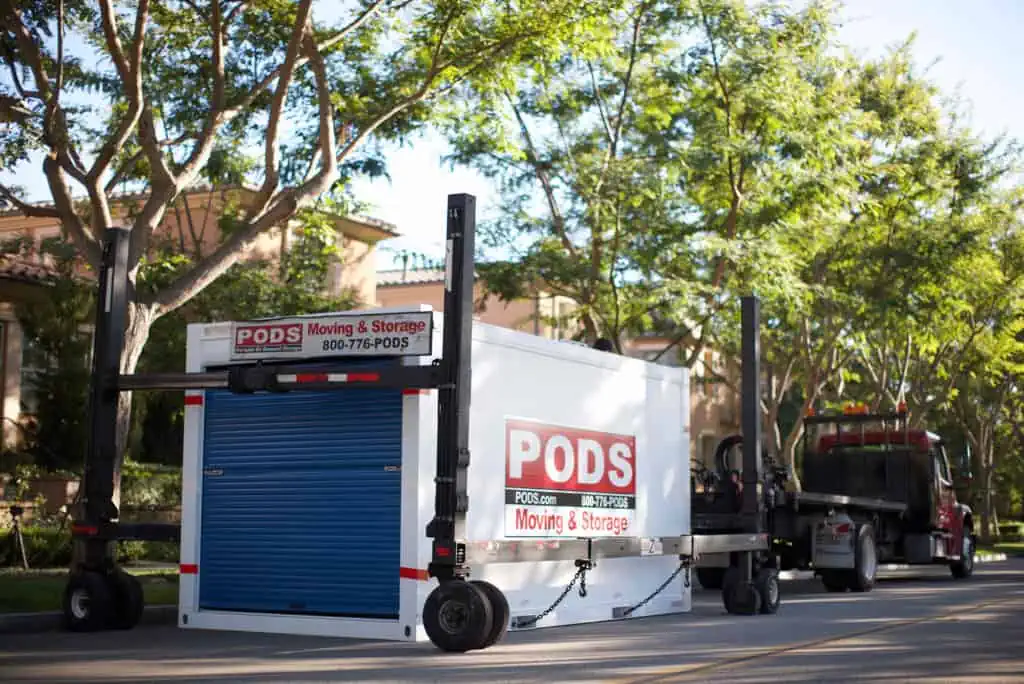




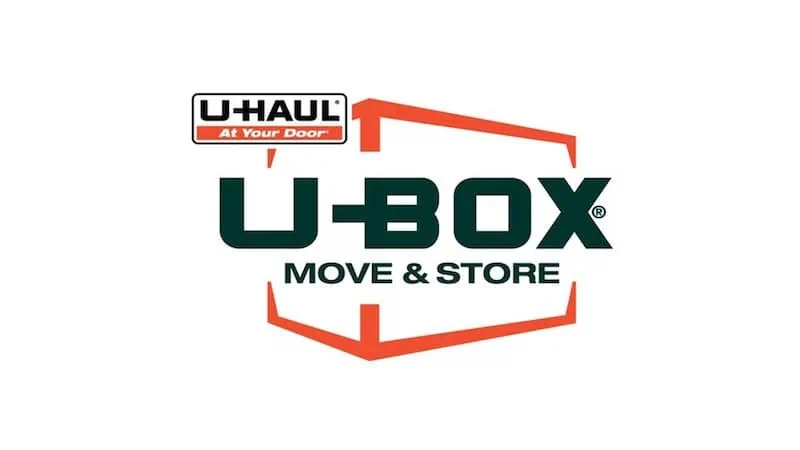
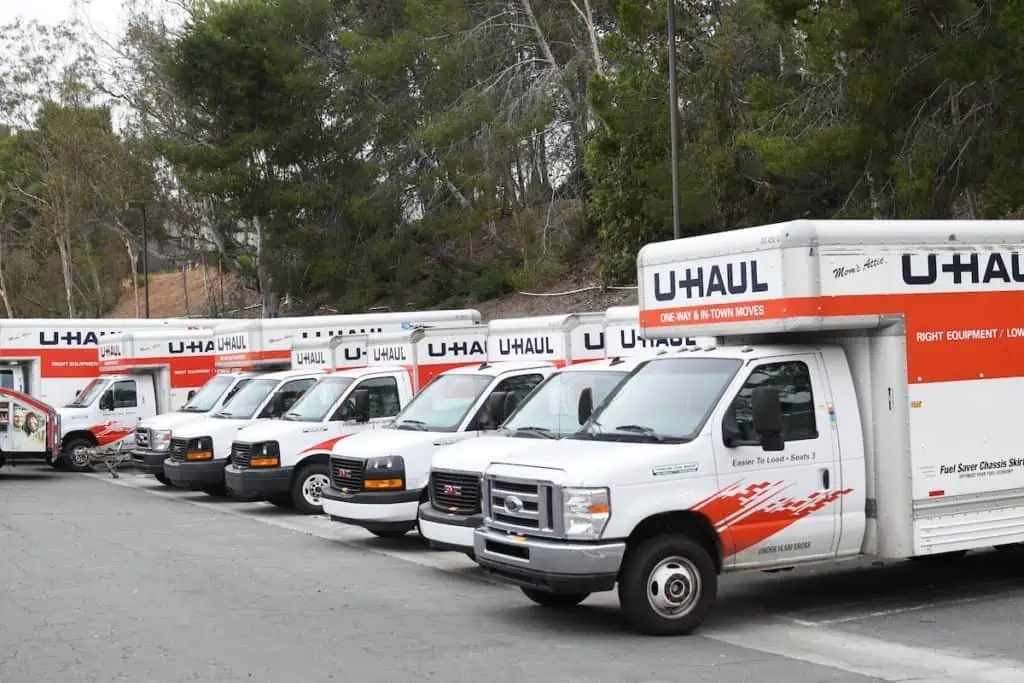


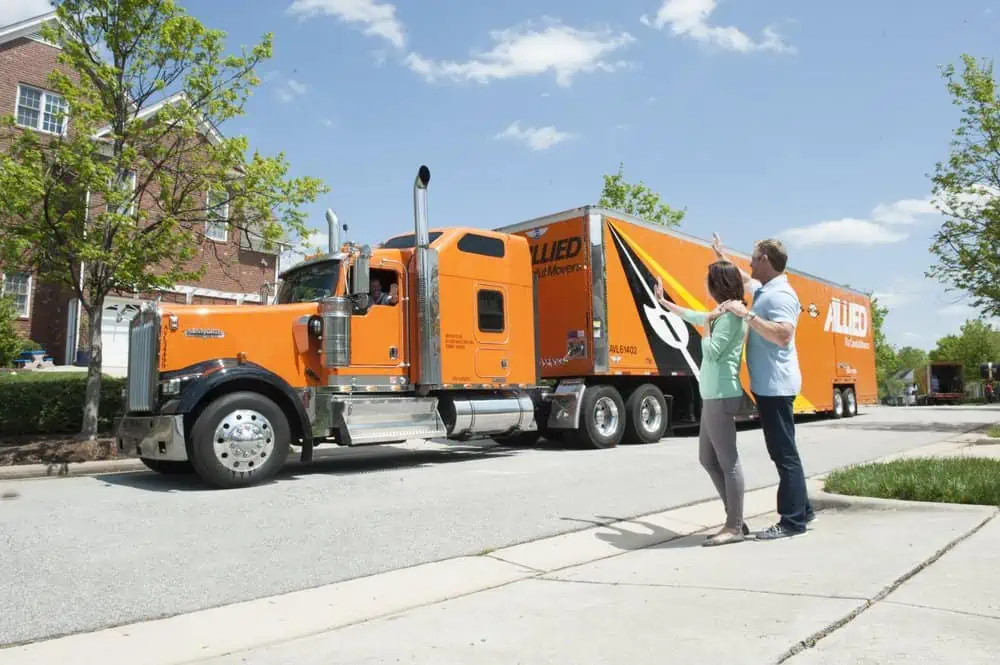










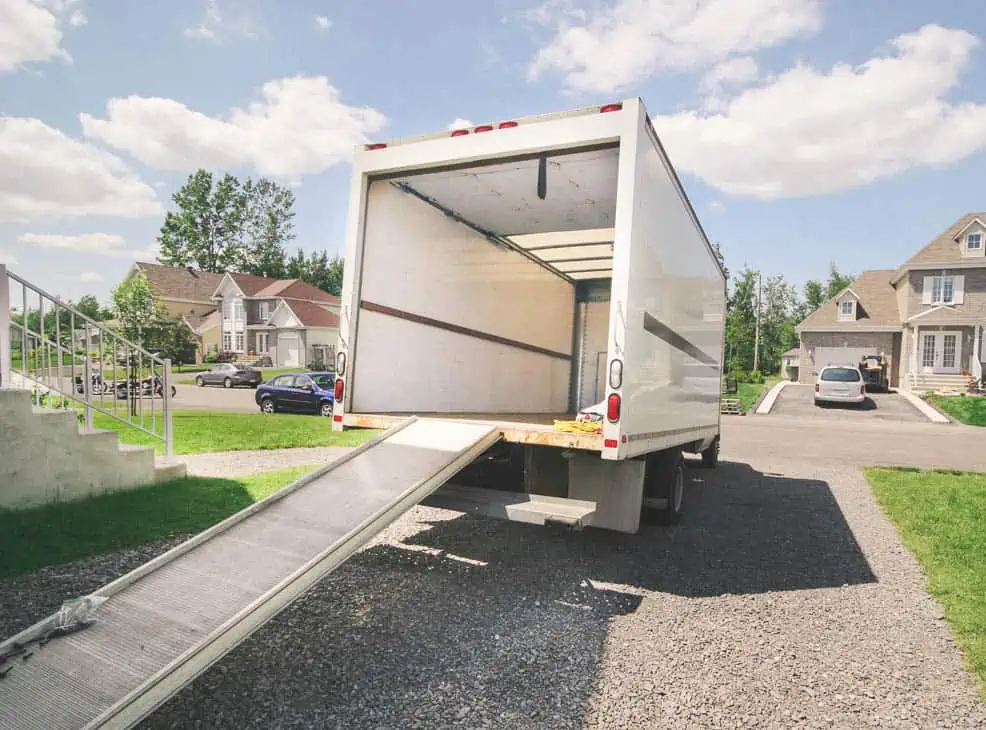
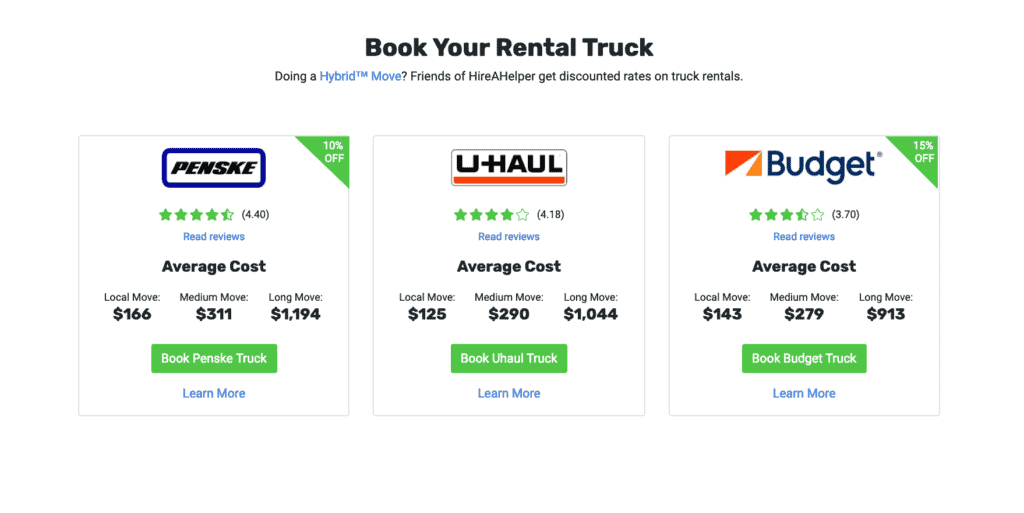
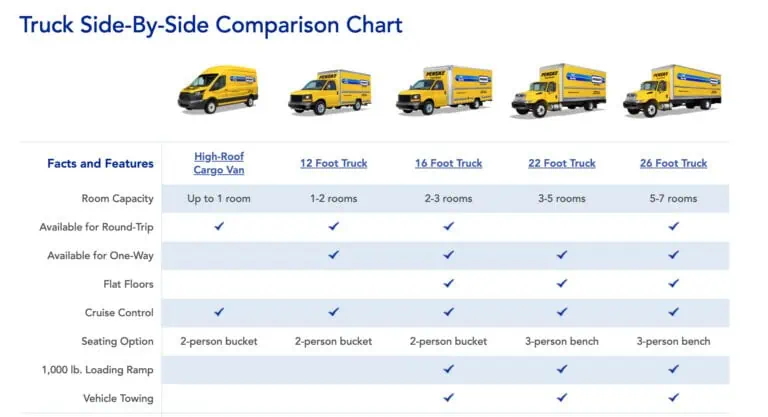




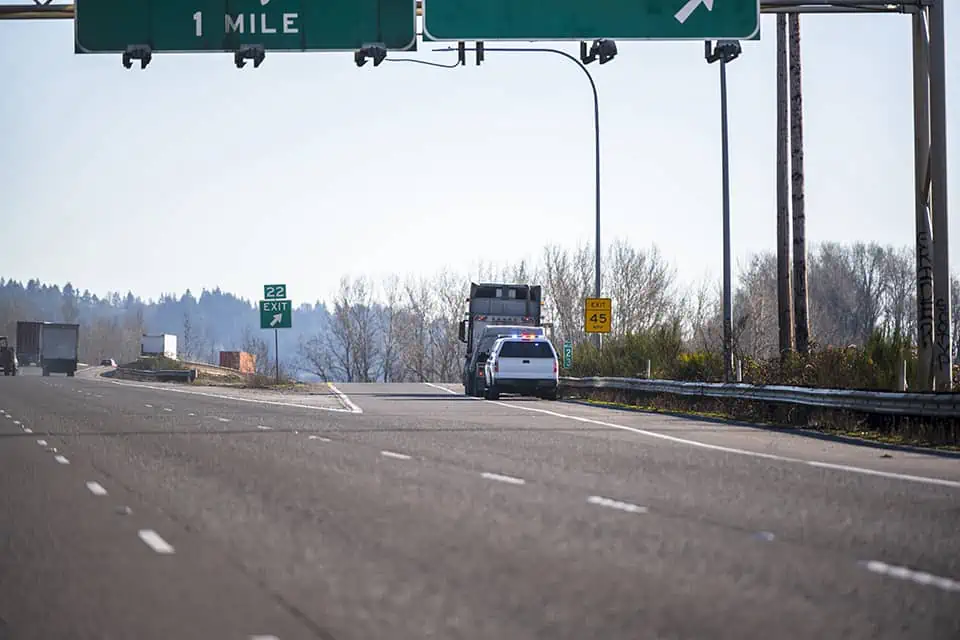
 How do I get a quote?
How do I get a quote?

 When the truck comes to pick up the car,
When the truck comes to pick up the car,